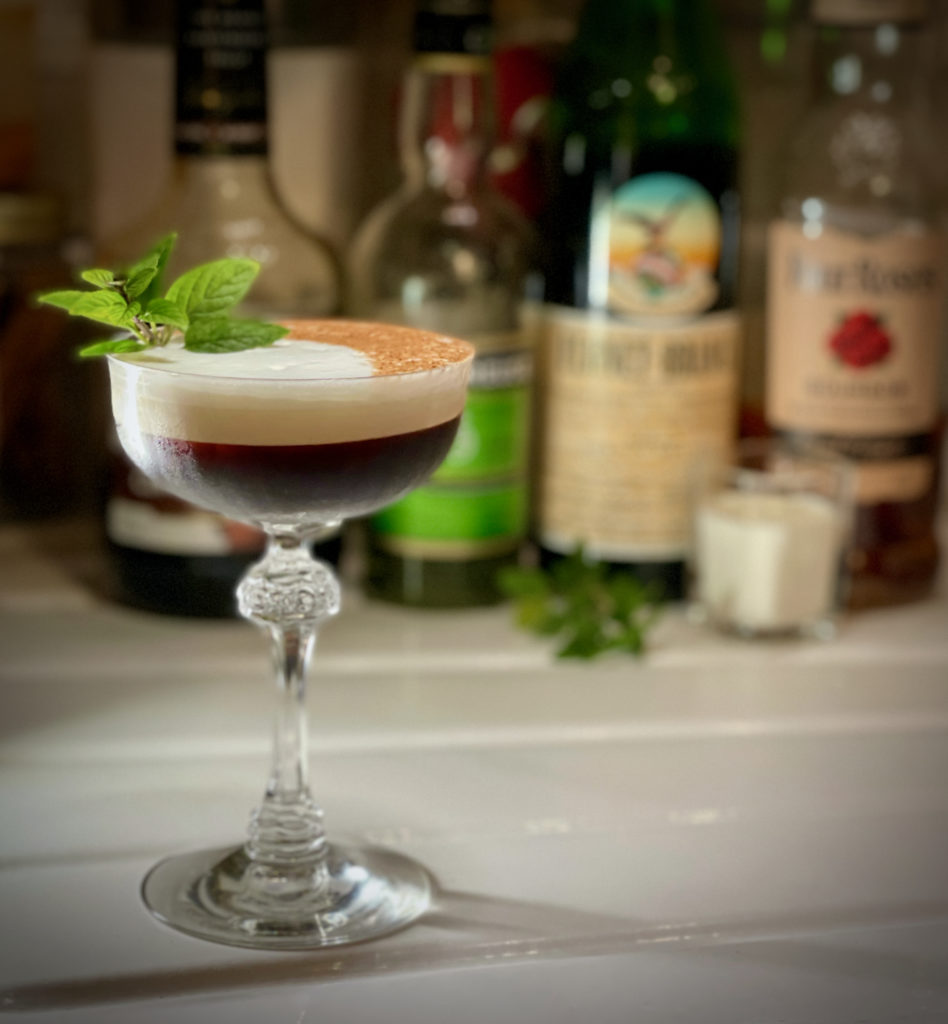
It is amazing what we think we know. I don’t mean things we have opinions about, statistically speaking at least half of those are wrong anyway. I am not talking about misinformation or folks who just don’t want to hear the truth or that surprisingly attractive brand of willful ignorance, though those are bigger problems than ever. Nope, I am looking squarely in the mirror and contemplating things I know to be true, only they aren’t. So, with a nod toward lifetime learning and doing better when we know better, won’t you join me now as we stand and make the Haberdasher.
A haberdasher is defined in two ways, depending on where you are standing. If you are in the UK it is “a person who sells small articles for sewing, dressmaking and knitting, such as buttons, ribbons, bows and zippers.” If you happen to be in the US, it refers to “a person who sells men’s clothing, including suits, shirts, and neckties.” Those definitions are both fine and true and in no way represent my understanding that haberdasher is just another word for hat maker. This may not seem important right now, but it changed the whole direction I was going when I decided to make this lovely after dinner drink created at New York’s Pouring Ribbons in 2013. The important question of why they chose this name remains unanswered, but I could concoct a reasonably plausible story tying it to one of their early menus that focused on all things ribbon related, including this one named for the traditional purveyor of such finery. I have no idea of that is true or not, I just made it up. I had intent to deceive, making that disinformation, which is even worse than misinformation, but since I called myself out for the lie, I guess it is ok.
This one has a bit of a weird build since we are both stirring and shaking, but I feel like we can get through it together. First off, grab your mixing pitcher and toss in 1 1/2 ounces of bourbon whiskey, I chose Four Roses Bourbon; 1 ounce of dark creme de cacao and 1/4 ounce of Fernet Branca. Add ice and give it a good stir to the beat of Joe Cocker’s “You Can Leave Your Hat On“, before straining into chilled coupe. Next grab your tins and pop in 1/2 an ounce of Green Chartreuse with 1 ounce of half & half. Add some artisanal ice and shake for about 25 seconds, before straining from one tin to the other and discarding the ice and going again for a second dry shake. When well aerated, slowly pour over the back of a barspoon to layer the cream on the surface of the drink. Dust with cocoa and garnish with a mint leaf before serving.
It’s creamy and boozy and wonderful. Definitely an after dinner sort of dessert drink. I particularly like sipping through the cocoa dusted portion for an extra kick of bitter chocolate. The herbal bottom note from the fernet pairs with that chocolatey bourbon in the most beautiful way and that chartreuse cream just accents the herbal qualities of this grown up mint chocolate dream. Unlike the Grasshopper and Brandy Alexander, the undeniable heavyweights of this class, you know you are drinking with this one. It reminds me in some ways of our more complex Grasshopper 2.0 we made a while back. It’s kind of nice to have a boozier after dinner sipper. Simon Difford describes this one as “like meeting the devil hidden beneath a thick white velvet blanket,” and that describes this one to a tee.
Milliners make hats, apparently. You can also get away with calling them hatters, they won’t get mad, but they are definitely not haberdashers. I’d have lost money on that. I was convinced that haberdashers made hats in a haberdashery and nothing except a quick look at a dictionary could convince me otherwise. Still, my misguided notions ruined the plan. I was going to go on about how we all wear different hats in life, how some fit better than others, that some look ridiculous, no matter how much we want them to fit. I’d have probably worked a few Alice in Wonderland jokes in there somewhere and shaken the drink to Men Without Hats most famous hit. Alas, it was not to be; and all because I decided to double check my facts before I wrote them down.
Maya Angelou once said “Do the best you can until you know better. Then when you know better, do better.” I usually focus on the first part, but as it turns out that second part is key and maybe that’s the lesson. Once you know better, you owe it to yourself to do better. Don’t stick with old ideas just because it is easier or more comfortable. Just like a stew, you would not keep cooking it once you found out the beef was rancid or the cabbage had gone bad. You might be frustrated that all those good potatoes are going to waste, but you wouldn’t feed folks from the poisoned pot. It doesn’t matter how good you think the story or a belief is, if one of the ideas has gone bad you have to toss it out. We owe that to each other. So, when you find you are wrong about something, just own up to it and make a change, no matter how uncomfortable. Be honest with yourself first, then it is a whole lot easier to be honest with others and that’s about the best thing we can do for each other. Stay safe, stay hydrated and stay sane, my friends.
Leave a Reply